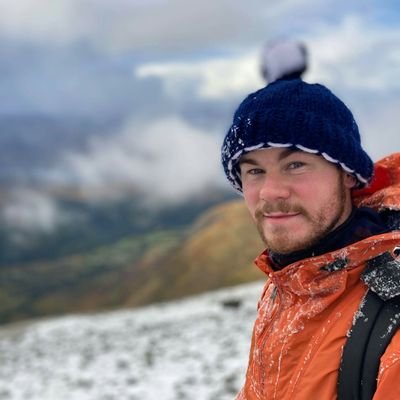PhD animal movement
My PhD is all about modelling ecological process around movement. This is divided into two main areas: modelling collective movements and collective behaviour and, more broadly, evaluating scale in ecological movement data.
This work is funded by a BBSRC studentship
Honeybee foraging strategies
I model how honey bees use their famous waggle dance when making foraging decisions. This involves developing mechanistic models of the honey bees dance floor and identifying the statistical footprints left by different foraging behaviours and strategies. To do this, I am generating methods of analysing dance use to better understand the how this remarkable behaviour drives colony foraging in different landscapes. This research is helping us understand the ecological conditions which favour dance use, opening the door for further exploration of the ecological conditions which gave rise to it’s evolution. This research is of increasing value in an expanding anthropogenic world; as human activity reshapes pollinator habitats, understanding how insects adapt is critical for safeguarding the ecosystem services they provide.
With recent developments in automatic waggle dance detection, our methods provide a new means to exploit the rich data sets they are set to provide.
Scale in animal movements
In addition to working on collective behaviour, my research also seeks to develop new methods of analysing movements across multiple scales. This work delves deeper into the fundamentals of how models can be linked to data and how we can parametrise or select models. Our goal is to create a new tool to evaluate scale in movement data which can generate new insights into heavy tailed movement distributions.
covidregionaldata: Transparent subnational data for the Covid-19 pandemic
I spent 3 months working on Covid-19 as a research software engineer for the epiforecasts team at The Centre for Mathematical Modelling of Infectious Diseases (CMMID), London School of Hygiene and Tropical Medicine. In this role I maintained and developed an existing R package to gather, clean and process subnational Covid-19 data in an open and transparent framework. After redeveloping this R package to use an object orientated approach, covidregionaldata, I oversaw it’s peer review in the Journal of Open Source Software. This package has subsequently been used to obtain data for forecasts provided to governments of the UK, EU and USA.
The genetic basis of avian bill shape diversification
During my Mres at the University of Sheffield I worked with Dr Toni Gossmann and Dr Chris Cooney to investigate the genetic underpinnings of bill shape evolution in birds. During this research I implemented maximum likelihood based models using the ratio of synonymous to non-synonymous substitutions to investigate signatures of selection acting in 18 candidate genes. We then correlated this data with hotspots of rapid beak shape evolution identified from three-dimensional morphometric beak shape scans of 57 birds.
